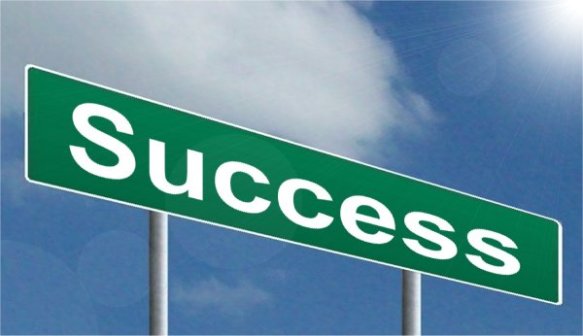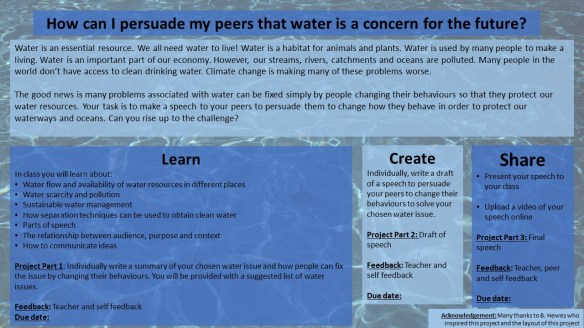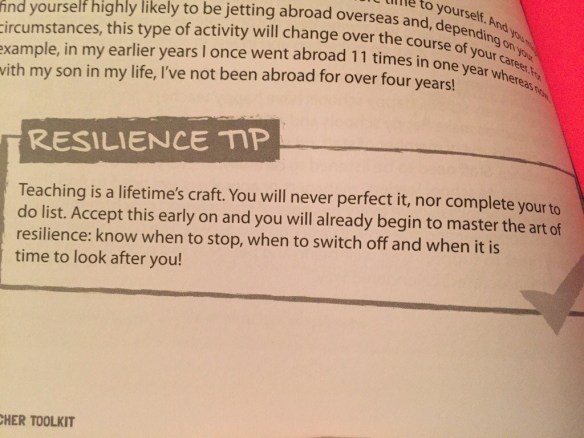
Licensing info can be found here.
This week I started a new role with the NSW Department of Education. I am now the Secondary Advisor for Futures Learning Unit, an initiative of Innovative Education Reform. Since I started, I’ve been frequently asked ‘What is future focused learning?’ Other synonyms I’ve heard this week are ‘future-proofing education’ and ’21st century learning’. So what are these things?
Firstly, I don’t like the term “future proofing education”. Many things in this world cannot be “future proofed”. “Future proof” makes it sound like some kind of insurance. I much prefer the term “future focused” because it emphasises a process and culture. So let’s get back to it – what is future focused learning?
I think most of us have heard of how things are rapidly changing, how many of today’s jobs will be automated soon and won’t exist, how many jobs for the next generation are not existent yet, how globalisation is influencing economic growth and social structures. Here’s a video that summarises the changes our young people will face and why we need to re-think the current way we design learning.
For me, future focused learning is about looking at the way we currently implement learning and teaching and challenging ourselves at whether this is the most effective way at preparing our students for THEIR futures. Will learning each subject separately enable student to learn how to construct knowledge and create solutions for complex problems? Will a heavy focus on knowledge consumption allow students to think creatively and critically? Is a physical environment that is designed to have one teacher for every thirty students for a short period of time the best way to personalise learning?
I often hear that future focused learning is about learning spaces and technology. Yes, spaces and technology are important, but they work with an underlying key factor – learning and teaching design. You can have the most funky and colourful furniture. You can knock down walls. You can have the latest gadgets. But unless the school culture on learning and teaching is future focused, spaces and technology will make minimal impact.
I also often hear “But aren’t we doing future focused learning already? My students are engaged. I personalise learning for my students. We already have cross-curricular units.” I don’t disagree with this. A lot of things teachers and schools already so are making a massive impact on student outcomes for their community. However, we always need to be striving for ongoing improvement which means continuous change. An important part of future focused learning is for teachers to be researchers of their own practice and develop evidence-based practices that best suit their community of learners.
So that’s my very brief take on future focused learning. I’ll dig down more in later posts. I want to get it out there that it isn’t about colourful furniture. It isn’t about refurbishing a building. Future focused learning is about how teachers teach, how students learn, how learning is designed and how schooling is designed.

















